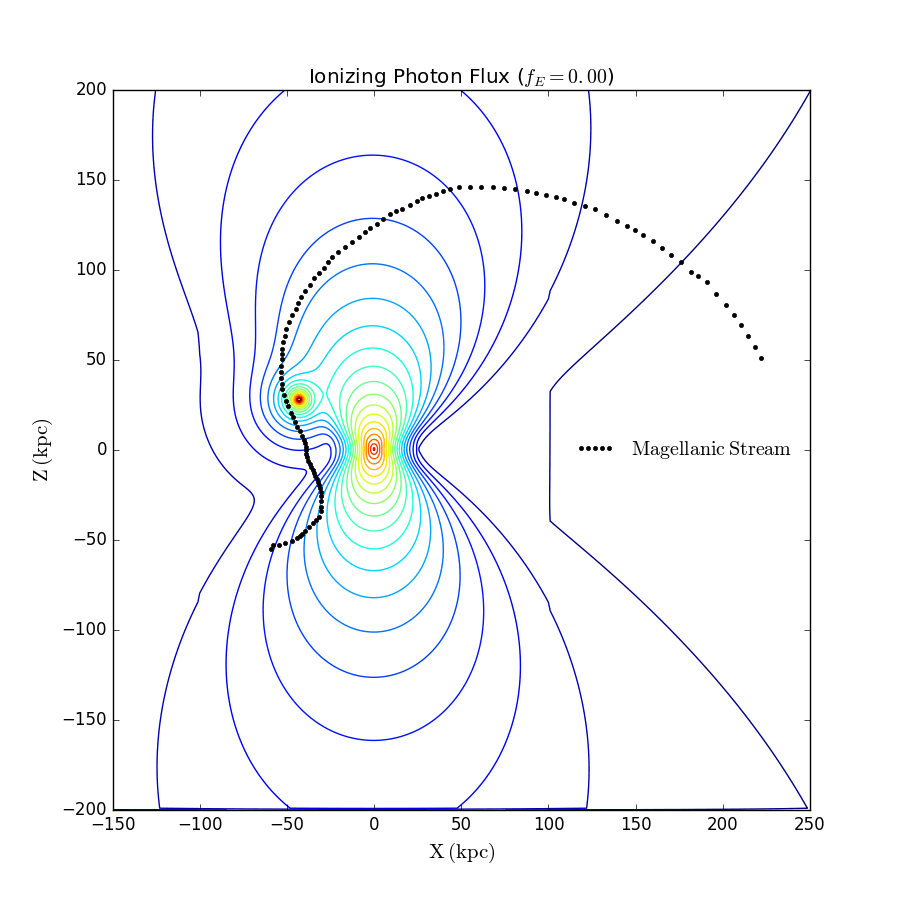Tiny star behaves like both a sun and a planet

A well-known star is behaving somewhat like a planet, a SIfA-led team has found.
The emission has a characteristic that until recently has only been seen in radio waves from planets.
Some other, smaller, dwarf stars emit pulses of radio waves so Zic’s team looked for pulses from UV Ceti, using CSIRO’s Australian SKA Pathfinder (ASKAP) telescope in Western Australia.

The pulses were there, coming every 5.4 hours, which is how long the star takes to rotate.
Zic’s team thinks the star continuously beams radio waves into space and the beam flashes across Earth each time the star turns.
Small stars called pulsars make pulses in a similar way, but UV Ceti is not a pulsar.
Key property also found in planets
UV Ceti’s pulsed waves have a special property called elliptical polarisation. This is rare in dwarf stars but it’s a known feature of radio emission from Jupiter and Saturn.
On these planets, the polarised radio waves come from the regions where we see aurorae (which on Earth are also called the northern and southern lights). Auroral light and radio waves are both caused by particles from the Sun interacting with the planet’s magnetic field.
Elliptical
Zic’s team thinks something similar happens on UV Ceti, with the elliptically polarised waves coming from ‘holes’ in the star’s outermost layer of gas.
UV Ceti is famous for flaring, suddenly and unpredictably getting up to 70 times brighter. Larger stars like the Sun flare too, but much more mildly.
With its sun-like flares and planet-like auroral radio emission, UV Ceti is a link between larger stars and smaller objects such as brown dwarfs and planets.
Publication
Zic, A.; Stewart, A.; Lenc, E.; and nine co-authors. “ASKAP detection of periodic and linearly polarized radio pulses from UV Ceti”. MNRAS, 488, 559–571 (2019) 10.1093/mnras/stz1684
Story written by Helen Sim.

